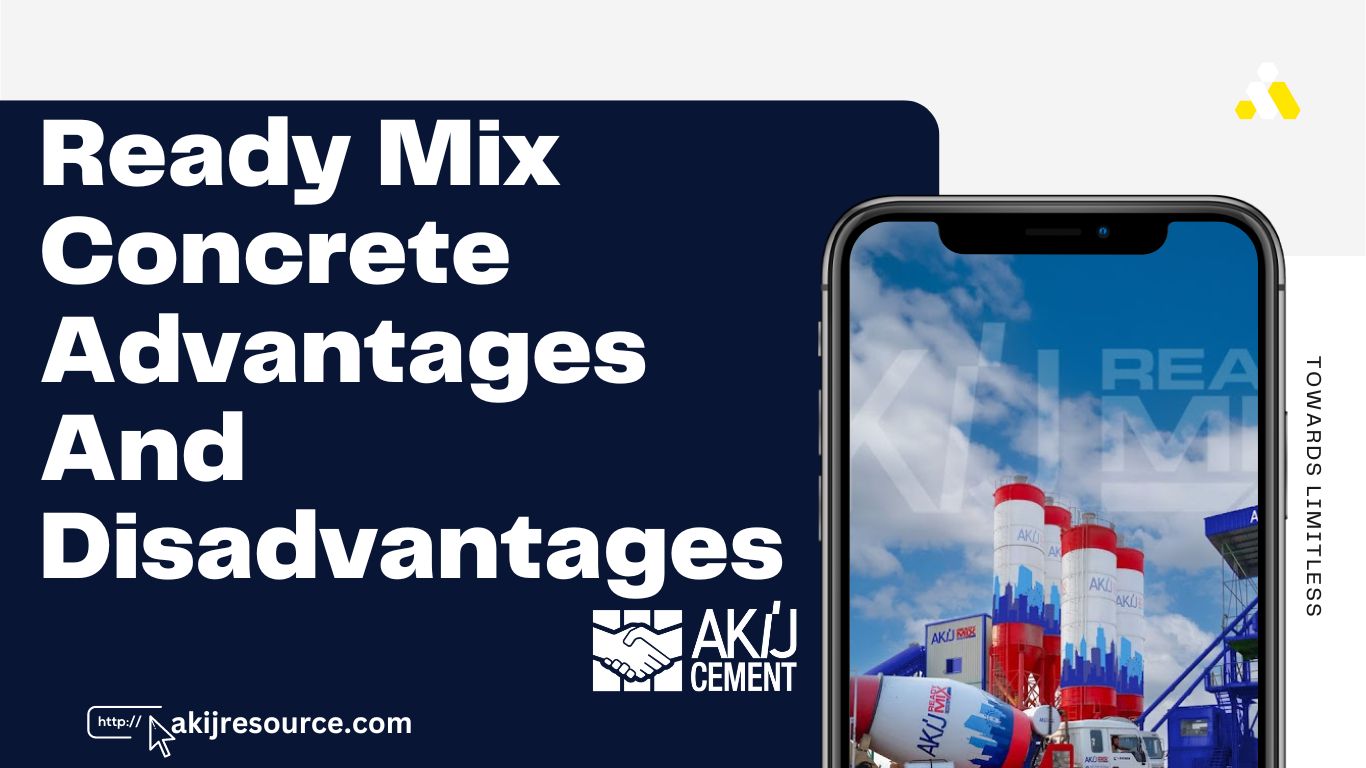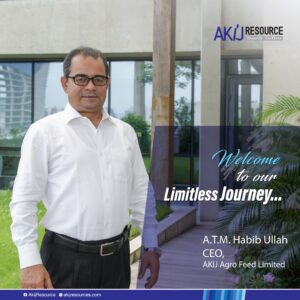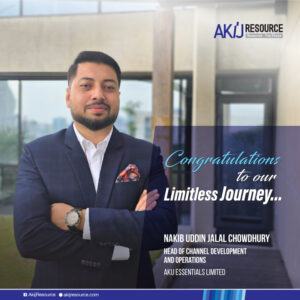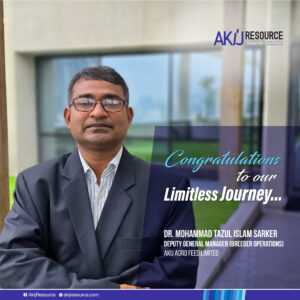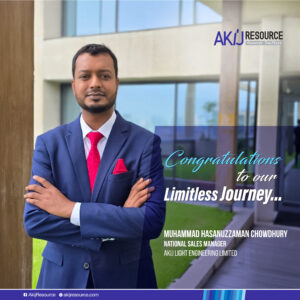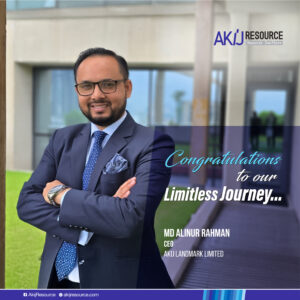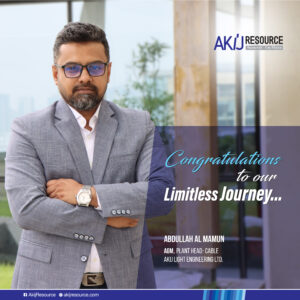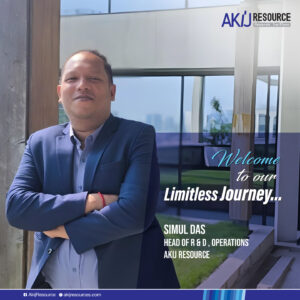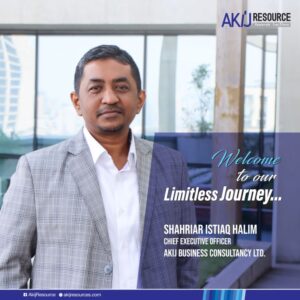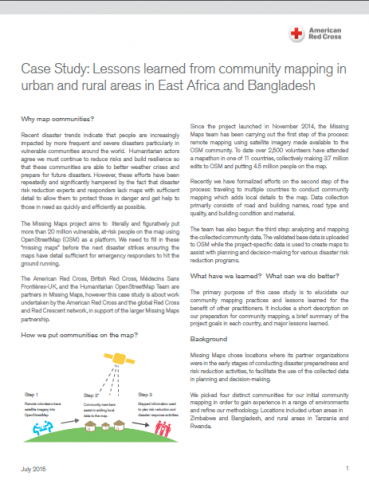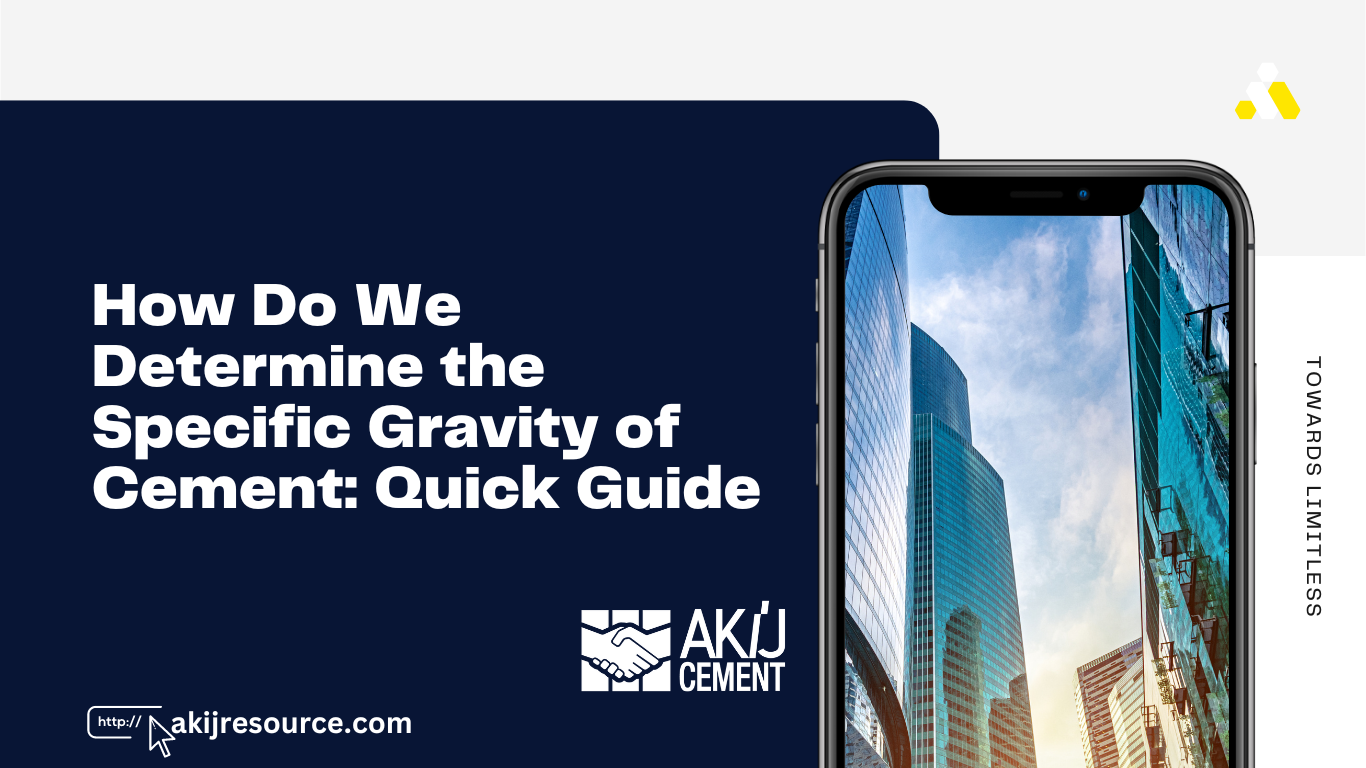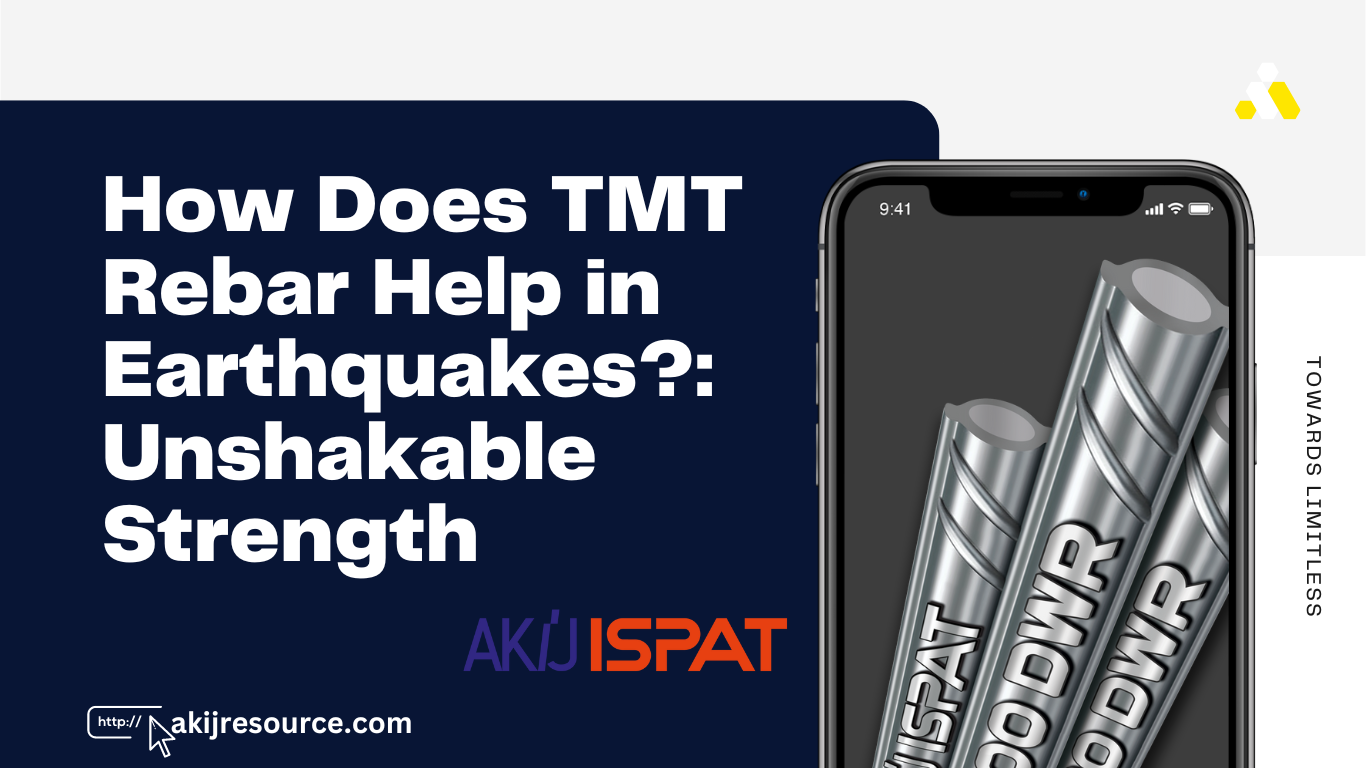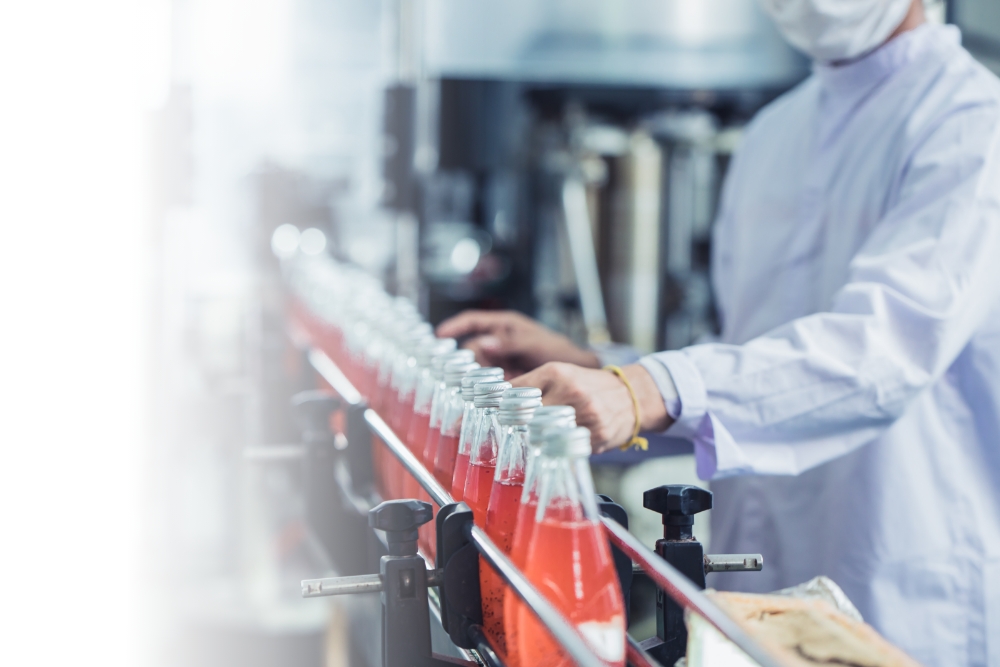Ready-mix Concrete provides consistent quality and time-saving convenience but can incur higher costs and limited customization. Understanding Ready-mix concrete’s advantages and disadvantages is crucial for making an informed decision. It’s a construction staple for its mix of precision and reduced site labor.
Ready Mix Concrete, a cement, aggregates, and water blend, revolutionized the construction industry. Its pre-mixed nature ensures uniformity, offering builders a reliable product that meets stringent quality standards. This method reduces the need for on-site mixing, cuts labor expenses, and minimizes human error.
It also streamlines the construction process by delivering concrete that’s ready to pour, speeding up project timelines. However, the advantages come with trade-offs. The cost can be a deterrent, as ready-mixed options are typically more expensive than traditional concrete mixing methods. Additionally, once mixed, the concrete has a limited window of time for use, necessitating precise scheduling and coordination. Its pre-determined mix design also limits the ability to adjust the concrete’s properties on the fly, potentially impacting project flexibility. Despite these drawbacks, Ready Mix Concrete remains a popular choice for its efficiency and quality assurance.
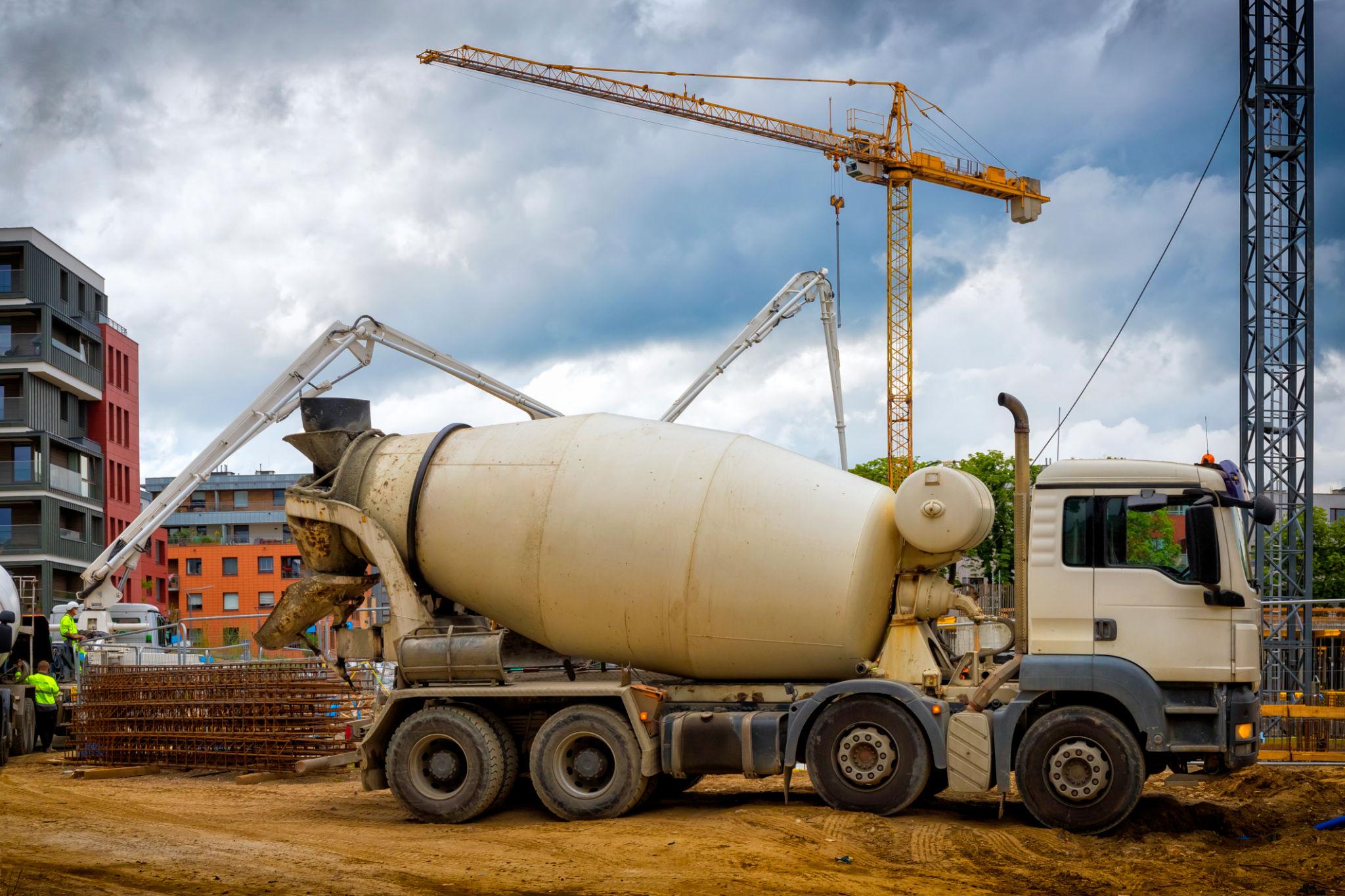
Credit: www.decofice.com
Introduction To Ready Mix Concrete
Ready Mix Concrete (RMC) is a tailor-made concrete blend which is manufactured in factories or within batching plants based on the standard required specifications. The prepared concrete mix is then transported to the construction site in transit mixers mounted on trucks. This type of concrete guarantees higher durability and sustainability. As the work is done off-site, RMC promotes a clean construction environment with minimal dust and clutter.
Brief History
The concept of RMC was first introduced in the 1930s. The growth and innovation in RMC have led to its wide adoption globally. In the 1950s, RMC gained popularity in the United States and in Europe, after which it spread to other parts of the world. Today, RMC is a preferred material due to its ease of use and high quality.
Current Trends
Currently, the RMC industry is aiming for greener production methods. This includes the use of recycled materials and renewable energy sources. There is also a focus on customizing mixes for specific structural requirements and sustainability goals. The integration of technology in the production and delivery process is making RMC more efficient and accessible.
What Is Ready Mix Concrete?
Ready Mix Concrete (RMC) is a tailor-made concrete blend. It is manufactured in a factory or batching plant. Experts follow specific formulas. They then deliver the mix to construction sites. The process is time-saving. It ensures quality. Consistency is a hallmark of RMC.
Composition
Ready Mix Concrete has three key ingredients. These are:
- Aggregates: Sand, gravel, or crushed stone.
- Cement: Acts as a binder.
- Water: Triggers the chemical reaction for the mix to harden.
Admixtures are also common. They change concrete properties. They can alter the setting time. They can improve durability. They may even reduce water requirements.
Types
There are three main types of RMC:
- Transit Mixed Concrete: Mixed during the transit to sites.
- Shrink Mixed Concrete: Partially mixed at the plant. Mixing completes in transit or at the site.
- Central Mixed Concrete: Fully mixed at the plant. Delivered in agitator trucks.
Each type suits different project needs. Transit mixed is versatile. Shrink mixed offers flexibility. Central mixed provides uniformity.
Advantages Of Ready Mix Concrete
Exploring the world of construction brings us to Ready Mix Concrete (RMC), a staple in modern building practices. Its popularity stems from a range of benefits that streamline construction projects of all sizes. Let’s delve into the pros of Ready Mix Concrete and understand why it’s a preferred choice for contractors and builders.
Quality And Consistency
RMC offers unmatched quality due to its precise mix design. Factories produce it under controlled conditions. This ensures consistency in every batch. As a result, structures stand strong and durable.
Time Efficiency
Time is of the essence in construction, and RMC saves significant time. It arrives ready to pour, eliminating on-site mixing. This speeds up project timelines and allows quicker completion.
Reduced Material Wastage
RMC minimizes waste as it’s mixed to exact requirements. This is not only cost-effective but also environmentally friendly. Excess concrete and raw materials are reduced dramatically, benefiting both the budget and the planet.
Disadvantages Of Ready Mix Concrete
Exploring the world of construction materials brings us to Ready Mix Concrete, a popular choice for its convenience and quality. Yet, it’s important to shine a light on the less talked about aspects – the cons. These drawbacks can influence project timelines, budgets, and overall planning.
Initial Cost
Ready Mix Concrete often comes with a higher price tag compared to traditional on-site mixing. The initial investment includes not just the material but also transportation and delivery fees. This can lead to a hefty upfront cost, especially for small-scale projects or those on a tight budget.
Logistical Challenges
The journey from the batch plant to the construction site is critical. Delays in traffic or long distances can compromise the concrete’s quality. Coordination must be precise to avoid such issues, requiring efficient route planning and timing. Otherwise, projects could face unexpected setbacks.
Limited Time For Use
Once Ready Mix Concrete leaves the plant, the clock starts ticking. There’s a short window to pour and work with the material before it begins to set. This demands rapid action from the construction team and leaves little room for error. Failing to use the concrete in time can lead to waste and additional costs.
Environmental Impact
The ‘Environmental Impact’ of ready-mix concrete is a vital topic. It delves into how this material affects our planet. We explore its sustainability and carbon footprint.
Sustainability Efforts
Ready mix concrete companies strive for a greener footprint. They use recycled materials. This reduces waste and conserves natural resources. Water use is also optimized to minimize waste.
- Recycled aggregates in use
- Efficient water management systems
- Heat of hydration reduced in mixes
Carbon Footprint
Concrete production emits CO2. However, efforts are in place to reduce this. Modern plants use technology to cut emissions. Eco-friendly alternatives to cement, such as fly ash, are also used.
| Aspect | Impact |
|---|---|
| Production process | Energy-efficient methods in place |
| Cement alternatives | Lower CO2 materials used |
| Transportation | Routes optimized to reduce fuel use |
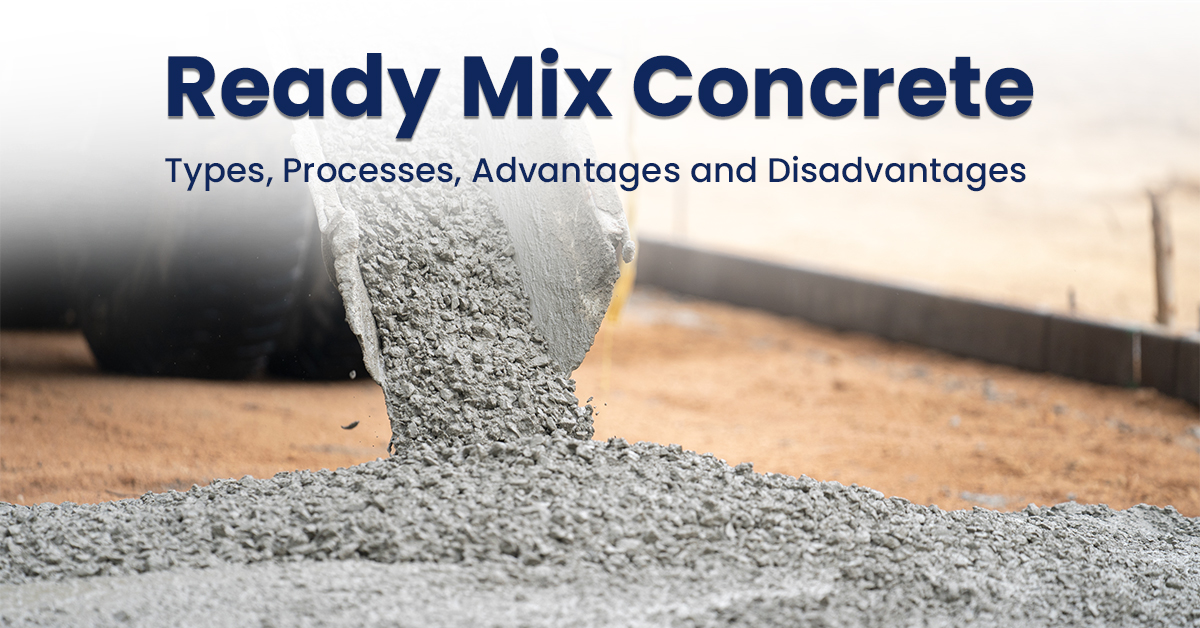
Credit: mccoymart.com
Comparative Analysis
Welcome to our comparative analysis of Ready Mix Concrete. We’ll explore how it stands up against traditional methods and other building materials.
Vs. Traditional Concrete Mixing
Ready Mix Concrete (RMC) offers distinct benefits over traditional concrete mixing on-site.
- Consistency and quality are better controlled in RMC.
- Time savings are significant with RMC as mixing happens off-site.
- Reduced labor is required on-site for RMC.
However, RMC can be more expensive and requires early planning to ensure timely delivery.
Vs. Other Building Materials
| Material | Advantages | Disadvantages |
|---|---|---|
| Steel | Durability, flexibility | Cost, thermal expansion |
| Wood | Aesthetics, insulation | Maintenance, susceptibility to elements |
| RMC | Strength, longevity | Transportation limits, initial investment |
RMC stands out for its strength and longevity compared to materials like wood and steel. Yet, the need for transport and initial costs should be considered.
Case Studies
Exploring the world of Ready Mix Concrete (RMC) brings us to real-life examples. Case Studies shine a light on both the bright sides and hurdles. Let’s dive into the experiences of those who’ve walked this path before.
Success Stories
Remarkable achievements with RMC showcase its efficiency. Here are a few highlights:
- Time Saved: A construction project in Texas slashed its schedule by 30% thanks to RMC.
- Quality Work: In Dubai, a skyscraper stands tall, and its strength is attributed to high-quality RMC.
- Cost Reduction: A housing project in India cut costs by 20% using RMC, proving its economic advantage.
Challenges Encountered
Despite the successes, some faced obstacles with RMC. These stories are equally important.
- Logistical Issues: A project in New York struggled with timely RMC deliveries due to traffic.
- Quality Concerns: In a small town in Italy, inconsistent RMC mixtures led to delays and increased costs.
- Environmental Impact: Concerns arose in Brazil over the ecological footprint of RMC production.
These case studies reflect the real-world application of Ready Mix Concrete. They highlight both the benefits and challenges it brings to construction projects.
Future Of Ready Mix Concrete
The future of Ready Mix Concrete (RMC) looks bright and promising. With rapid urbanization and the constant need for infrastructure development, the demand for RMC is on the rise. Let’s dive into how technology and market trends will shape its future.
Technological Advancements
The world of RMC is evolving fast, thanks to technology. New machines and software make RMC better and more reliable.
- Automated batching plants ensure precise mixing, reducing human error.
- GPS tracking on delivery trucks improves efficiency and customer satisfaction.
- Smart sensors in concrete monitor its strength and curing in real-time.
- 3D concrete printing opens up innovative construction possibilities.
Market Trends
Market forces also play a key role in shaping the future of RMC. Consumer demand and environmental standards drive these trends.
- Eco-friendly mixes gain popularity, with a focus on sustainability.
- The need for fast-paced construction boosts RMC use in mega projects.
- Customizable mixes cater to specific project requirements.
- Local production reduces transportation costs and carbon footprint.
Frequently Asked Questions
What Are The Disadvantages Of Ready Mixed Concrete?
Ready-mixed concrete can incur higher costs, has limited time for use, requires precise delivery coordination, and may result in excess waste if overordered.
What Are The Advantages Of Ready-Mix Concrete?
Ready-mix concrete offers consistent quality, saves time on mixing, reduces material waste, and requires less labor. Its convenience enhances worksite efficiency. Ready mix concrete benefits extend beyond efficiency. The consistent quality of the mixture means that there is less room for error and a higher likelihood of achieving the desired strength and durability for the project. Additionally, the reduced material waste not only saves money but also aligns with sustainable construction practices, making it an environmentally friendly choice. Overall, the convenience and benefits of ready-mix concrete make it a preferred option for construction projects of all sizes.
Is Ready Mixed Concrete Any Good?
Yes, ready-mixed concrete offers high quality, convenience, and consistency for construction projects. It saves time on mixing processes and ensures a uniform mixture, making it a reliable choice for builders and contractors.
Which One Is Not An Advantage Of Ready Mixed Concrete?
One disadvantage of ready-mixed concrete is its limited time frame for use after mixing, requiring prompt delivery and placement at the construction site.
What Are the Disadvantages of Concrete?
Concrete is prone to cracking, has low tensile strength, requires long curing times, and contributes to CO2 emissions during production. It also needs regular maintenance to prevent deterioration.
Conclusion
Exploring ready-mix concrete reveals a blend of benefits and drawbacks. Its convenience and quality stand out, yet cost and logistical challenges require consideration. Wise selection hinges on project specifics. Ultimately, understanding these factors ensures informed decisions and optimization of construction outcomes.
Embrace the balance for the best results in your next endeavor.

